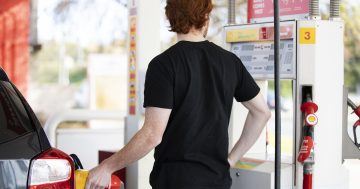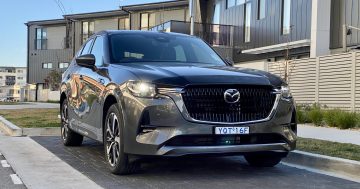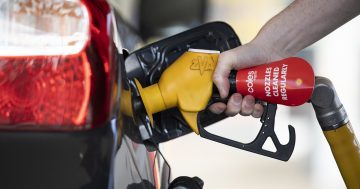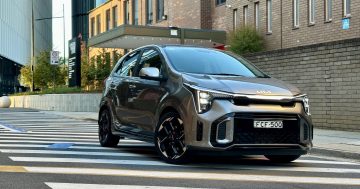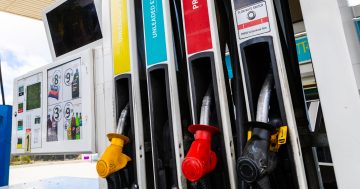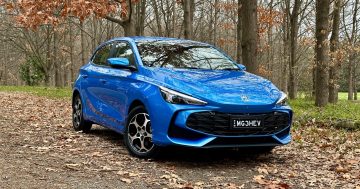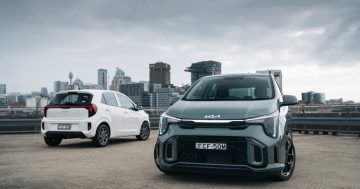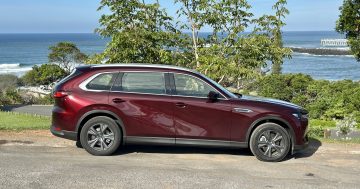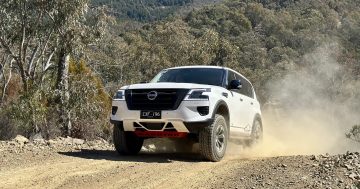Chris Jager* says there are some simple bowser strategies that will help us all cope with the rising price of petrol.
 Petrol is getting too expensive — and, according to the experts, prices are only going to get worse.
Petrol is getting too expensive — and, according to the experts, prices are only going to get worse.
Instead of reverting to the horse-and-cart, here are a handful of simple bowser strategies that will help to keep petrol prices more manageable.
Over the past few months, petrol prices have shot up markedly in multiple Australian cities including Sydney, Melbourne, Adelaide and Brisbane.
Meanwhile, economists are predicting prices will remain high for some time to come.
Thankfully, there are ways to mitigate the damage without resorting to redirecting petrol pipelines or going on a Mad Max-style vehicular rampage.
Here are a few tips.
Strike before the tank’s empty
Most drivers tend to fill up their car just before they run out of petrol: it’s one of those time-consuming things that we only want to do when it’s absolutely necessary.
The downside to this approach is that you’re forced to pay whatever the asking price is on that particular day.
Instead, try to get into the habit of intermittently topping up when prices are cheap — that way, you’ll never have to pay on expensive days and still have enough fuel to get around.
Sign up for a multicard
Certain credit card providers offer multicards that come with inbuilt petrol price discounts.
You can even sign up to some of them for free, such as the Woolworths Everyday Rewards card.
This currently offers a standard fuel offer of four cents off per litre.
Stick to the cheapest days — and do your research!
According to popular belief, Tuesdays and Sundays are the cheapest days to buy petrol, while Thursdays and Fridays are best avoided.
However, this is not always the case and prices can fluctuate wildly from week to week.
It therefore pays to do some actual research.
As part of its fuel price monitoring activities, the Australian Competition and Consumer Commission (ACCC) runs a petrol price cycles page, which is updated multiple times per week.
It shows the cheapest and most expensive days to buy petrol in Australia’s capital cities.
For example, prices in Brisbane are currently decreasing but they are likely to decrease further, so motorists are advised to delay buying petrol until later.
Use ethanol-based petrol
If your car was manufactured in the 1990s or later, there’s a pretty good chance that it will be E5 and E10 suitable.
These are ethanol blend petrols that are cheaper than the regular unleaded variety.
Naturally, you should check with the manufacturer or the Federal Chamber of Automotive Industries if you’re unsure about your car’s suitability.
Download a petrol-tracking app
A few years ago, the only way to find the best petrol price was to drive around looking at signs.
These days, you can get your smartphone to do the hunting for you (just not while actively driving, natch).
Google’s Petrol Price Tracker does exactly what it says on the tin: it lets you select your preferred petrol type and brand, and offers twice-daily price updates by postcode.
Another great app is MotorMouth, which is available for iOS and Android devices.
In addition to the app, you can also sign up to receive free fuel price email alerts.
Go easy on the accelerator
This is more of a petrol-conservation tip, but it still results in paying less at the bowser.
In short, don’t push the pedal to the metal unless it’s absolutely necessary.
This consumes more petrol for no tangible benefit.
The next time you’re stopped at a set of red lights, try slowly easing down on the accelerator when the lights turn green; you can save up to 20 per cent of your fuel this way.
The same principle applies to airconditioning (i.e. — don’t crank it), keeping your tyres at the right pressure, proper wheel alignment, regularly changing your air filter and keeping overall speeds down to reduce drag.
Keep your car in the garage!
Many of us have become far too dependent on our motor vehicles due to habit and/or convenience.
But it doesn’t have to be this way.
If you’re feeling the pinch at the bowser, try using your legs more.
No really.
That 10-minute trip down the road for some milk really doesn’t require a car trip (if you have a bicycle, all the better).
In addition to saving money on petrol, you’ll also be healthier and more environmentally friendly.
Win, win!
* Chris Jager is an editor at Life Hacker. He tweets at @JagerChris.
This article first appeared at www.lifehacker.com.au.


